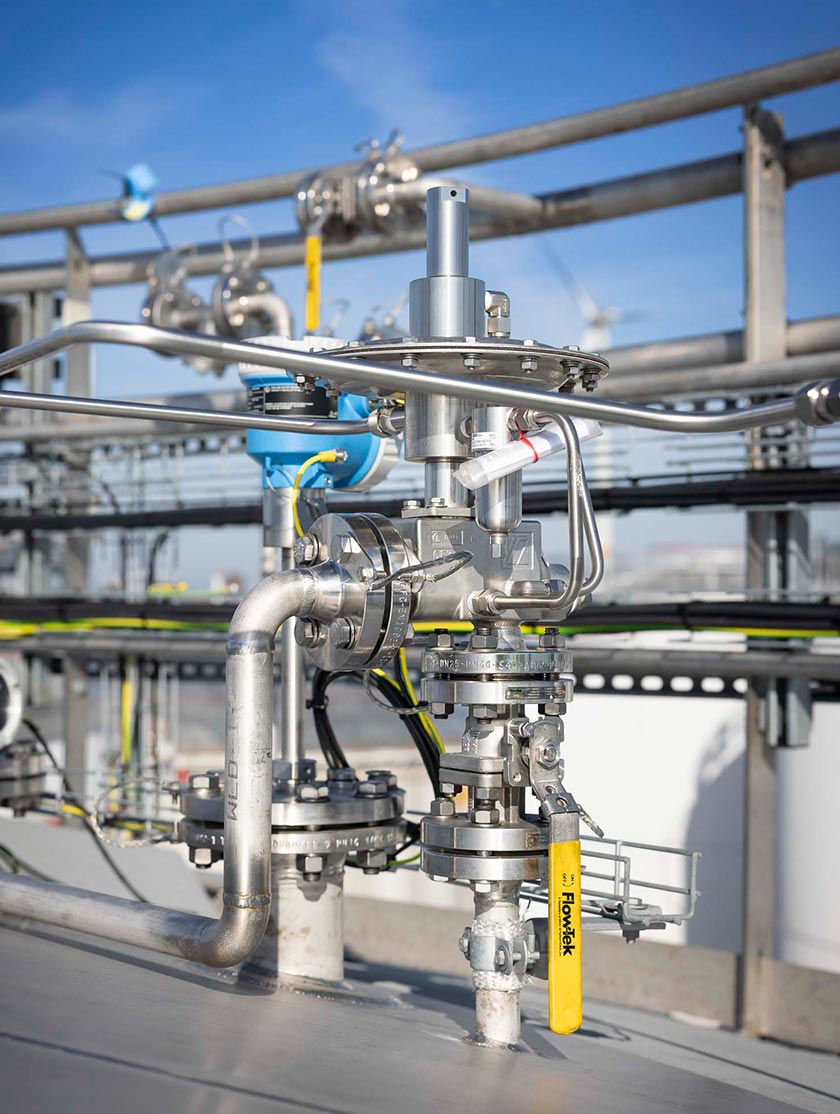Understanding Mesh Density in Flame Arrestor Elements' Flame Arrestors: Understanding Mesh Density
Flame arrestors are important safety devices designed to prevent the spread of flames in potentially hazardous environments. They are typically installed in pipelines, tanks, and vessels containing flammable gases or liquids and work by limiting the spread of fire and heat through the use of mesh elements. To ensure the effectiveness and safety of flame arrestor components, it is critical to know the mesh density of these components.
What is mesh density?
Mesh density refers to the number of holes or pinholes per square inch in the mesh elements used in a flame arrestor. The higher the mesh density, the smaller the holes and the more the flame arrestor is restricted in terms of gas flow. Mesh density is an important factor in the overall efficiency and performance of a flame arrestor.
How does mesh density affect flame arrestor performance?
Mesh size affects flame arrestor performance in several ways:
- Flame extinguishing: Mesh size is directly related to the size of the holes in the mesh elements. The smaller the holes, the more effectively the flame arrestor can extinguish the flame by lowering its temperature.
- Pressure drop: When gas or vapor flows through a flame arrestor, some pressure drop occurs due to the flow restriction imposed by the mesh elements. A higher mesh density means greater flow resistance, resulting in a greater pressure drop.
- Flow rate: As previously mentioned, a higher mesh density means a more restrictive flame arrestor. This restriction can affect the maximum flow rate the device can handle.
Why is it important to understand mesh density?
When selecting the right flame arrestor for a specific application, knowing the mesh density is critical. Selecting a flame arrestor with a finer mesh size than required can result in insufficient flow capacity and increased pressure drop, potentially leading to equipment damage or even a fire. On the other hand, selecting a flame arrestor with a larger mesh density than necessary can result in unnecessary pressure drop and reduced flow capacity.
In summary, mesh density plays a significant role in the performance and safety of flame arrestors. To select the most suitable flame arrestor for a specific application, it is important to understand the principles of mesh density. By considering factors such as flow rate, pressure drop, and flame extinguishing capability, the correct mesh density can be determined to achieve optimal flashback performance. When properly designed and selected, flame arrestors can effectively prevent the spread of flames and protect against potentially catastrophic incidents.
Looking for The Right Flame Arrestor? Get Expert Help Choosing the Ideal Arrestor Engineered To Fit Your Needs |
Cashco’s flame arrestors are engineered to stop the propagation of flames in gas piping systems, helping protect equipment, personnel, and facilities. For more information about Cashco's arrestors, view all models here .
Cashco is dedicated to ensuring you select the best solution for your tank protection needs. Need help choosing the right flame arrestor? Contact us and our experienced team will gladly assist you in finding the ideal product!
Why Flame Arrestors Matter |
Cashco Flame Arrestors are specifically engineered to match the explosive mixtures Maximum Experimental Safe Gap, in order to ensure complete extinction of the flame.



